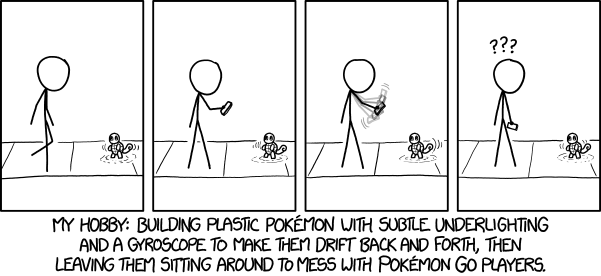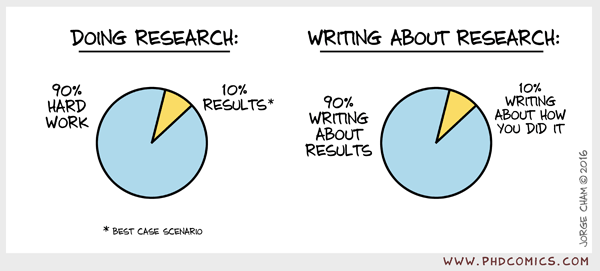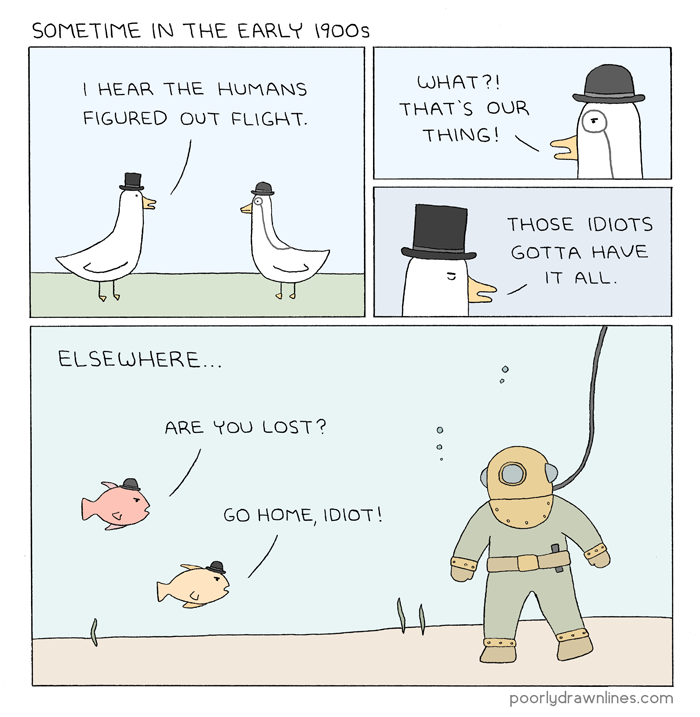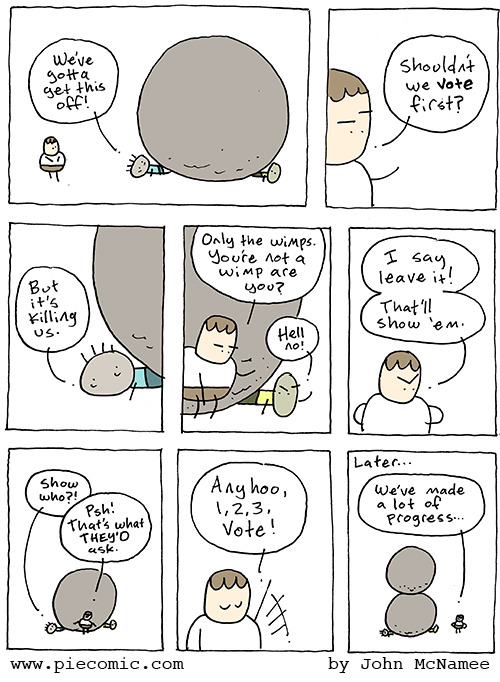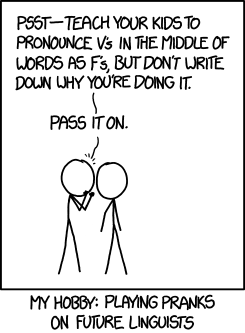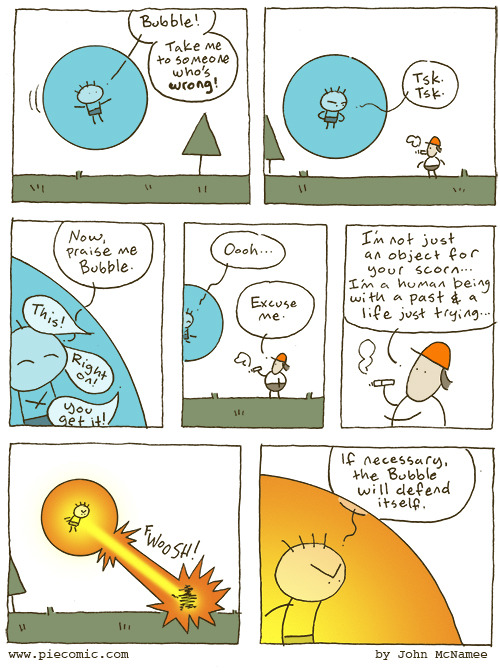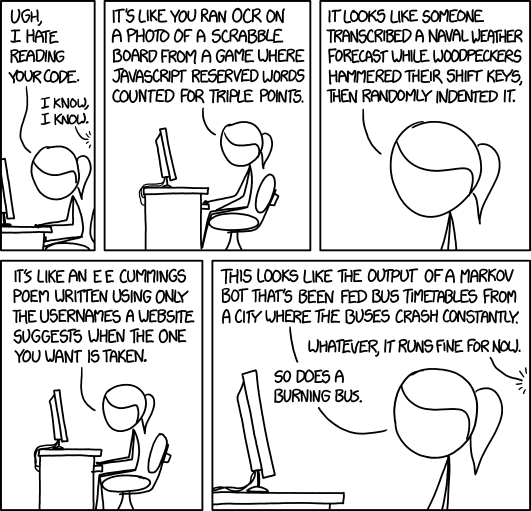The Supreme Court hasn't necessarily been kind to the Fourth Amendment in recent years. While it did deliver the Riley decision, which instituted a warrant requirement for searches of cellphones, it has generally continued to expand the ability of police to stop and search anyone for almost any reason.
Its Heien decision said it was perfectly fine for police officers to remain ignorant of the laws they're enforcing by allowing them to continue making bogus traffic stops predicated on nonexistent laws. The Rodriguez decision at least prohibits officers from artificially extending stops to bring out drug dogs or beg for consent to search a vehicle, but it doesn't do anything to prevent the bogus stops in the first place.
With its just-released Strieff decision, the Supreme Court -- in a 5-3 ruling -- extends the reach of bogus stops/searches to pedestrians. To get to where we are now, you have to go back a decade:
The case, Utah v. Strieff, started in 2006, when the Salt Lake City police got an anonymous tip reporting drug activity at a house. An officer monitored the house for several days and became suspicious at the number of people he saw entering and leaving. When one of those people, Edward Strieff, left to walk to a nearby convenience store, the officer stopped him and asked for his identification.
A routine check revealed that Mr. Strieff had an outstanding “small traffic warrant.” The officer arrested him based on that earlier warrant, searched him and found a bag of methamphetamine and drug paraphernalia in his pockets.
The evidence obtained should have been suppressed because the officer had no reason to stop Strieff and demand his ID. The state of Utah has already conceded this was an illegal stop. But it has appealed it all the way to the nation's top court because it wants the fruits of the illegal search to remain unsuppressed and, more importantly, the government wants the precedent. It got it. From the opinion [PDF]:
To enforce the Fourth Amendment’s prohibition against “unreasonable searches and seizures,” this Court has at times required courts to exclude evidence obtained by unconstitutional police conduct. But the Court has also held that, even when there is a Fourth Amendment violation, this exclusionary rule does not apply when the costs of exclusion outweigh its deterrent benefits. In some cases, for example, the link between the unconstitutional conduct and the discovery of the evidence is too attenuated to justify suppression. The question in this case is whether this attenuation doctrine applies when an officer makes an unconstitutional investigatory stop; learns during that stop that the suspect is subject to a valid arrest warrant; and proceeds to arrest the suspect and seize incriminating evidence during a search incident to that arrest. We hold that the evidence the officer seized as part of the search incident to arrest is admissible because the officer’s discovery of the arrest warrant attenuated the connection between the unlawful stop and the evidence seized incident to arrest.
Working backwards from the arrest and search incident to the arrest, the court finds that the warrant the officer knew nothing about before stopping Strieff is all the connective tissue lower courts will need to refuse suppression of evidence obtained from similar illegal stops. The majority says this reverse engineering is perfectly fine because it probably won't be abused -- and even if it is, those whose rights are violated can always lawyer up and file a civil suit.
Strieff’s counterarguments are unpersuasive. First, neither Officer Fackrell’s purpose nor the flagrancy of the violation rises to a level of misconduct warranting suppression. Officer Fackrell’s purpose was not to conduct a suspicionless fishing expedition but was to gather information about activity inside a house whose occupants were legitimately suspected of dealing drugs. Strieff conflates the standard for an illegal stop with the standard for flagrancy, which requires more than the mere absence of proper cause. Second, it is unlikely that the prevalence of outstanding warrants will lead to dragnet searches by police. Such misconduct would expose police to civil liability and, in any event, is already accounted for by Brown’s “purpose and flagrancy” factor.
The majority acts as though this sort of thing is an isolated incident -- a unicorn in the pantheon of law enforcement. Justice Sotomayor's angry dissent tears this argument apart, pointing out how the majority has just given law enforcement a permission slip for illegal searches while claiming this is a narrow reading of a one-off incident.
The Court today holds that the discovery of a warrant for an unpaid parking ticket will forgive a police officer’s violation of your Fourth Amendment rights. Do not be soothed by the opinion’s technical language: This case allows the police to stop you on the street, demand your identification, and check it for outstanding traffic warrants—even if you are doing nothing wrong. If the officer discovers a warrant for a fine you forgot to pay, courts will now excuse his illegal stop and will admit into evidence anything he happens to find by searching you after arresting you on the warrant.
The majority's decision pretends outstanding warrants won't encourage police fishing expeditions. But to mix a couple of metaphors, law enforcement agencies have access to massive honeypots.
These factors confirm that the officer in this case discovered Strieff ’s drugs by exploiting his own illegal conduct. The officer did not ask Strieff to volunteer his name only to find out, days later, that Strieff had a warrant against him. The officer illegally stopped Strieff and immediately ran a warrant check. The officer’s discovery of a warrant was not some intervening surprise that he could not have anticipated. Utah lists over 180,000 misdemeanor warrants in its database, and at the time of the arrest, Salt Lake County had a “backlog of outstanding warrants” so large that it faced the “potential for civil liability.”
This opinion gives officers the option to demand ID from every pedestrian they encounter in order to run a warrant check. There no longer needs to be a reason for the stop. Officers can work backwards by performing the stop, running an ID and, finally, arresting a person and performing a search if the database returns a hit. If you want a police state, you've got one, as Sotomayor points out.
By legitimizing the conduct that produces this double consciousness, this case tells everyone, white and black, guilty and innocent, that an officer can verify your legal status at any time. It says that your body is subject to invasion while courts excuse the violation of your rights. It implies that you are not a citizen of a democracy but the subject of a carceral state, just waiting to be cataloged.
We must not pretend that the countless people who are routinely targeted by police are “isolated.” They are the canaries in the coal mine whose deaths, civil and literal, warn us that no one can breathe in this atmosphere.
The logic of the majority's decision -- now the law of the land -- says even a warrant for an unpaid parking ticket is a free pass for officers to perform a search of your person. It sounds innocuous but it isn't. You'll be stopped and not allowed to leave. You may be pushed up against a wall or bent over the hood of a police car. Your personal belongings will be taken, laid out, and cataloged. You may also have your genitalia and bodily orifices probed and inspected. And, most likely, all of this will happen in public in full view of passersby. A search is an invasion, but the Supreme Court's decision treats as a minor inconvenience -- and one whose illegality can be excused after the fact.
Permalink |
Comments |
Email This Story
